Low Blood Pressure Treatment
6am - midnight, 7 days a week
Accessible from anywhere in Australia.
eScript in minutes
Medication delivery
What is Low Blood Pressure?
Low blood pressure, also known as hypotension, occurs when blood pressure levels fall below the normal range, typically under 90/60 mmHg. While it may not always cause symptoms, dangerously low blood pressure can lead to inadequate blood flow to the brain and other vital organs, resulting in dizziness, fainting, and shock in severe cases.
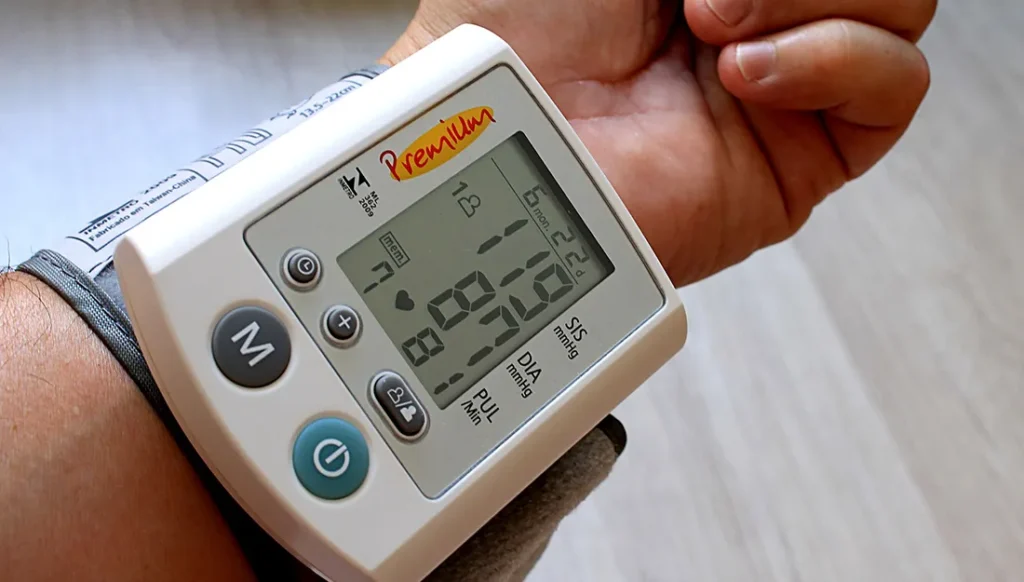
Low Blood Pressure Treatment Options
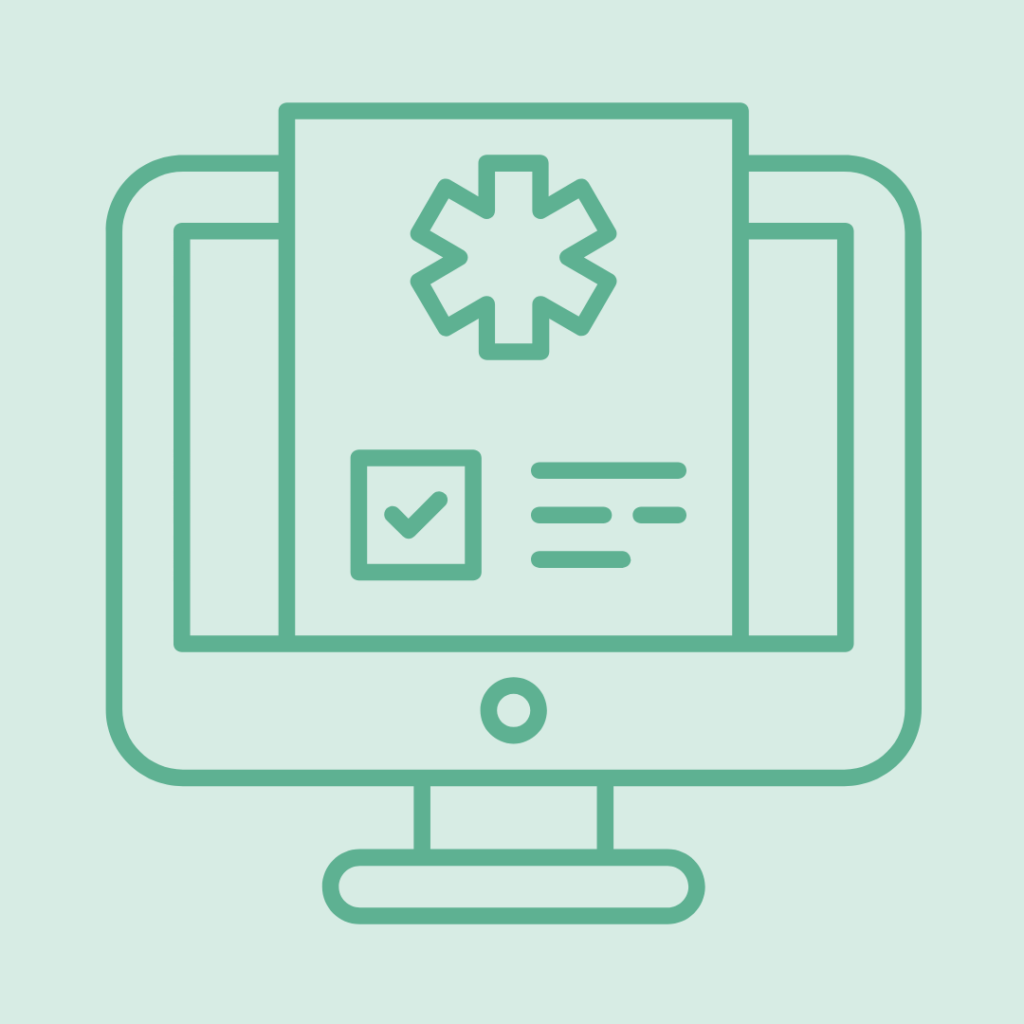
Online Prescriptions
- For when your script has run out
- Script sent to your phone
- Doctor approved
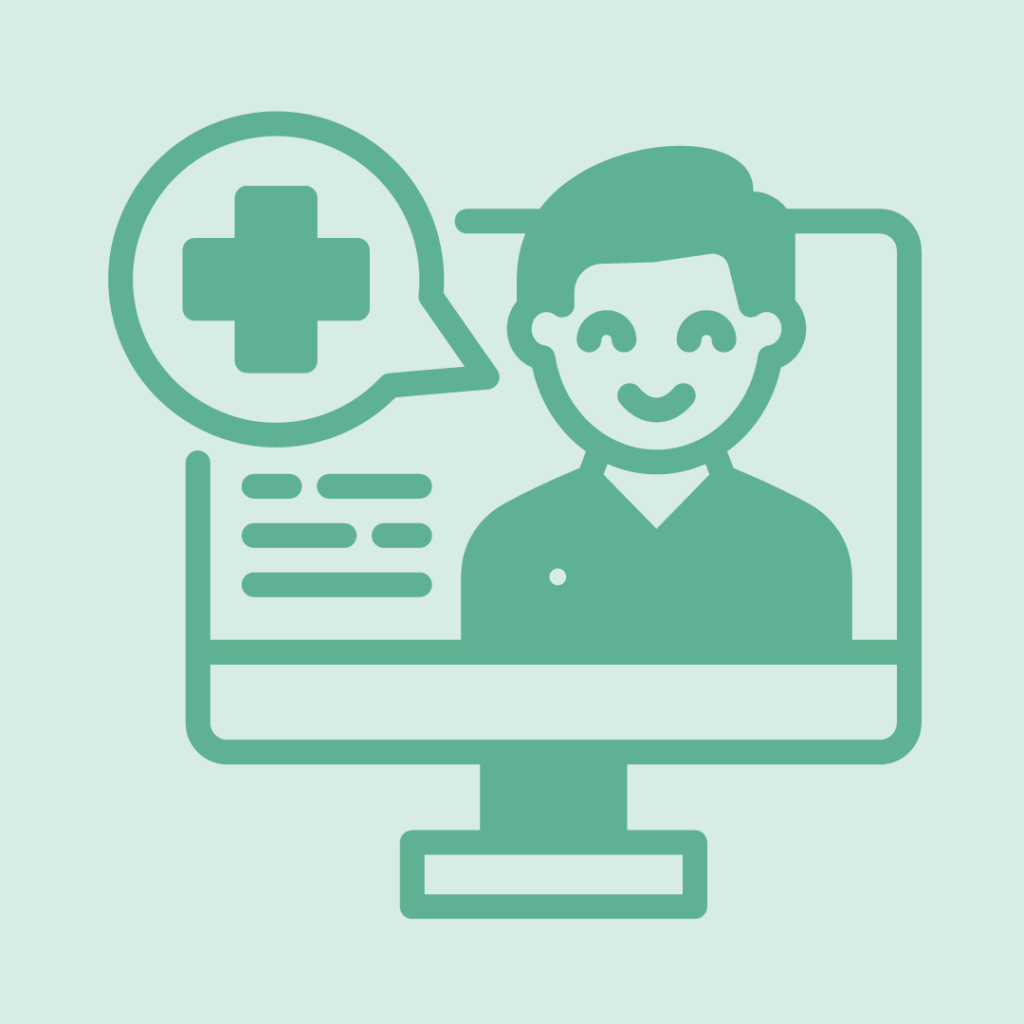
Telehealth Consultations
- When you need to speak to a doctor
- Online, Video & Phone Call or Message
- Fast access to medical advice
Medical Certificates
- For when your script has run out
- Script sent to your phone
- Doctor approved

Low Blood Pressure Symptoms
Symptoms of low blood pressure can vary based on the underlying cause and severity. Common symptoms include:
- Dizziness or lightheadedness
- Fainting (syncope)
- Blurred vision
- Nausea
- Fatigue
- Shock (in extreme cases, characterised by confusion, rapid breathing, and weak pulse)
Causes / Dangers / Complications of Low Blood Pressure
- Causes: Hypotension may be caused by dehydration, blood loss, heart conditions, endocrine disorders, severe infections, or certain medications.
- Dangers: If blood pressure drops too low, it can lead to inadequate oxygen delivery to organs, increasing the risk of shock and organ damage.
- Complications: Chronic or severe hypotension can result in falls and injuries due to fainting, as well as long term effects on heart and brain function.
Monitoring and addressing low blood pressure with the help of a healthcare provider can help prevent complications and improve overall wellbeing.
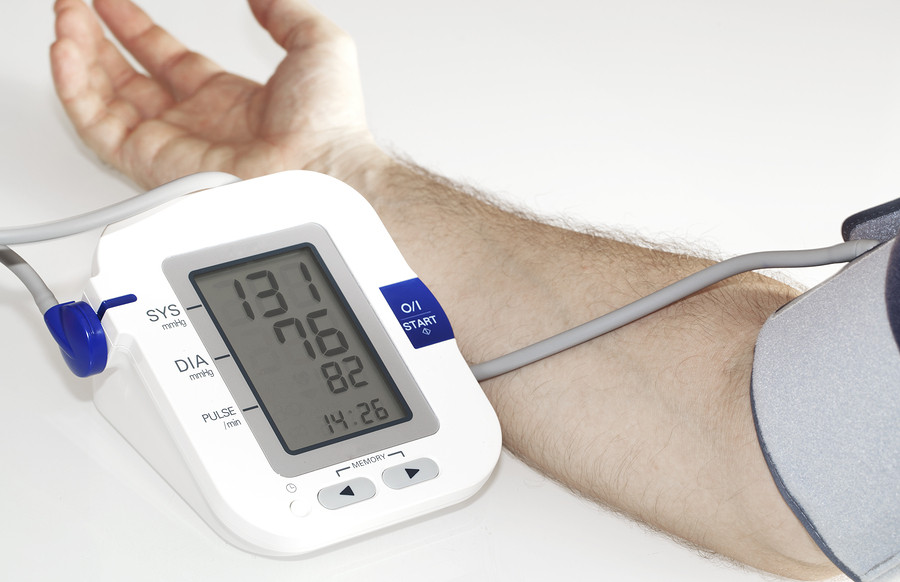
Need a Specialist Referral?Get Yours in a Few Simple Steps!
Skip the long clinic waits and get referred to a specialist in minutes. The process is fast, secure, and simple.
- Quick access to specialist referrals – no in-person appointments needed
- Telehealth consultations with trusted, licensed doctors
- Fast, reliable service – referrals sent directly to your chosen specialist
- Convenient and affordable healthcare from your home
- No hidden costs – just simple, upfront pricing
Frequently
Asked Questions
Blood pressure is the force exerted by circulating blood against the walls of your arteries. It is measured using two numbers: systolic pressure, which is the force when the heart contracts, and diastolic pressure, which is the force when the heart relaxes between beats. Blood pressure readings are given in millimeters of mercury (mmHg), such as 120/80 mmHg. Maintaining a healthy blood pressure is crucial for overall cardiovascular health.
Normal blood pressure is typically defined as a reading below 120/80 mmHg. Elevated blood pressure ranges between 120/80 mmHg and 129/80 mmHg, while hypertension is diagnosed when readings consistently reach 130/80 mmHg or higher. Regular monitoring is essential, as high blood pressure often has no noticeable symptoms.
High blood pressure, or hypertension, places extra strain on the heart and blood vessels, increasing the risk of heart disease, stroke, kidney damage, and other health issues. Over time, it can also lead to complications such as vision problems and cognitive decline. Early detection and management are critical to preventing long-term damage.
Treatment for high blood pressure often involves a combination of lifestyle changes and medication. Lifestyle modifications include eating a balanced diet low in salt, maintaining a healthy weight, exercising regularly, and reducing stress. Medications, such as diuretics, ACE inhibitors, or calcium channel blockers, may be prescribed to help lower blood pressure effectively.
High blood pressure is often referred to as the “silent killer” because it typically has no symptoms. In some cases, individuals with extremely high readings may experience headaches, shortness of breath, or nosebleeds, but these are not common. Regular blood pressure checks are the only reliable way to detect hypertension.
High blood pressure can result from a variety of factors, including genetics, an unhealthy diet, physical inactivity, excessive alcohol consumption, and stress. Chronic conditions like kidney disease, diabetes, and hormonal disorders can also contribute. Sometimes, no identifiable cause is found, a condition known as primary hypertension.
Preventing high blood pressure often involves adopting a healthy lifestyle. Eating a diet rich in fruits, vegetables, whole grains, and low-fat dairy products, along with regular physical activity, can significantly reduce the risk. Limiting salt and alcohol intake, avoiding tobacco, managing stress, and maintaining a healthy weight also play key roles.

